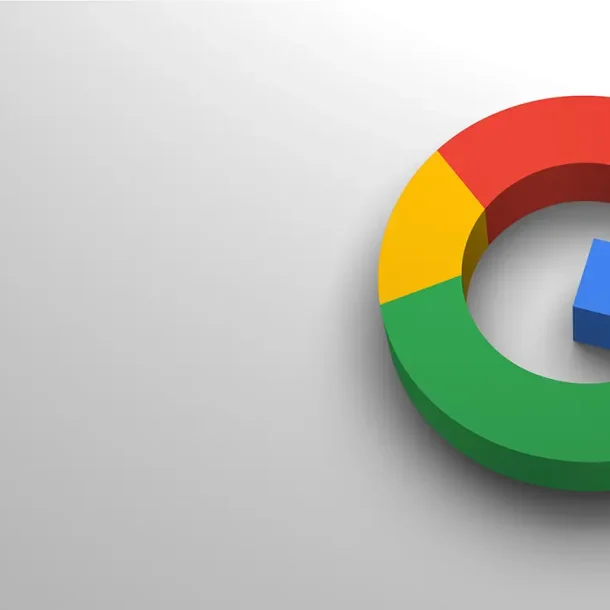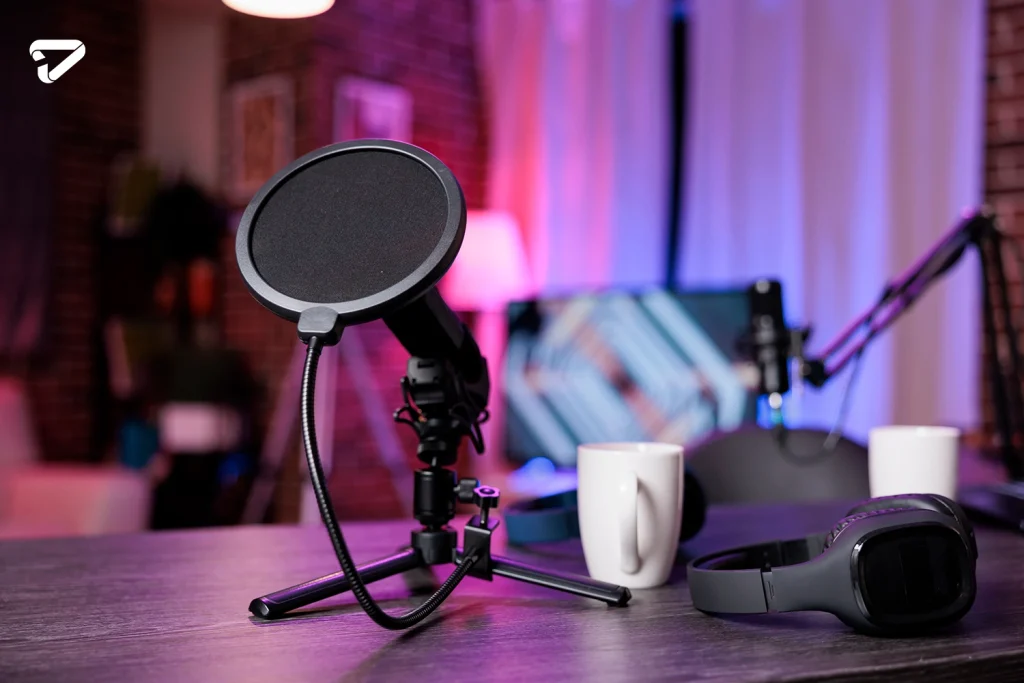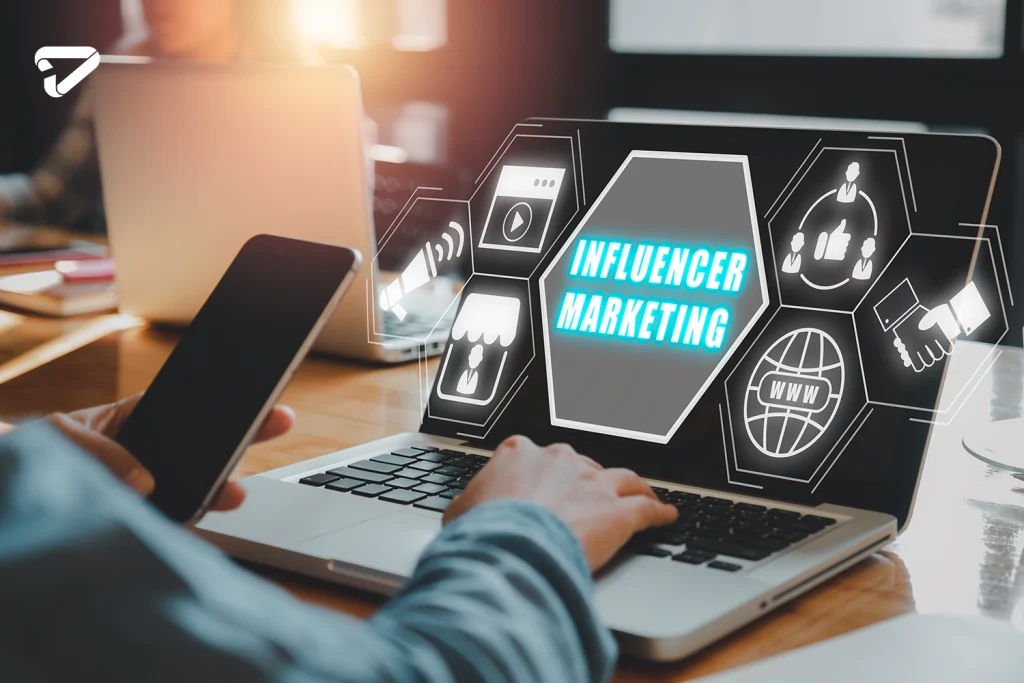
10 Types of Content Marketing to Implement for Success
Types of Content Marketing are various formats like blog posts, videos, and social media used to attract, engage, and retain audiences while promoting a brand.
In today’s digital landscape, content marketing has emerged as a powerful strategy for businesses to connect with their target audiences, establish brand authority, and drive meaningful results.
However, with so many different types of content marketing available, it can be overwhelming to determine which ones to focus on.
Whether you’re a seasoned marketer or just starting, understanding the various content marketing formats and how to leverage them effectively is crucial for achieving success.
Imagine you’re an architect designing a beautiful, functional building.
Just as you carefully select the right materials and techniques to bring your vision to life, crafting an effective content marketing strategy requires a thoughtful combination of different content types.
Each type serves a unique purpose, from educating and entertaining to inspiring and persuading your audience.
In this comprehensive guide, we’ll explore 10 types of content marketing that can help you captivate your target audience, build brand trust, and ultimately drive business growth.
From the evergreen appeal of blogs to the immersive power of virtual reality, we’ll dive into the strengths and applications of each format, providing real-world examples and actionable tips to help you create a well-rounded, impactful content marketing strategy.
for more strategy semrush give us some and tried to make it easy.

1. Blogs
Blogs are the cornerstone of many successful content marketing strategies, and for good reason.
These regularly updated, informative articles offer a powerful platform for showcasing your expertise, sharing industry insights, and engaging with your audience.
According to HubSpot, companies that prioritize blogging efforts are 13 times more likely to achieve a positive return on investment (ROI).
Moreover, blogs can significantly improve search engine optimization (SEO) by attracting organic traffic and establishing your brand as an authority in your field.
To leverage the power of blogs effectively, focus on creating high-quality, well-researched content that provides value to your target audience.
Identify their pain points, challenges, and interests, and craft content that addresses these topics in an informative and engaging manner.
Additionally, consider incorporating multimedia elements, such as images, videos, and infographics, to make your blog posts more visually appealing and digestible.
Encourage reader engagement by including calls-to-action (CTAs) and prompting discussions in the comments section.
Example:
HubSpot’s blog, featuring articles on various marketing, sales, and customer service topics, is a prime example of effective blogging.
Their posts are informative, well-researched, and often include multimedia elements, making complex topics more accessible to their audience.
2. Video Content
In an era where attention spans are increasingly shrinking, video content has emerged as a powerful tool for capturing and retaining audience engagement.
From educational tutorials and product demonstrations to behind-the-scenes glimpses and customer testimonials, videos offer a dynamic and visually compelling way to convey your brand’s message.
According to Wyzowl’s State of Video Marketing Survey, 88% of marketers reported that video content provides them with a positive ROI.
Furthermore, videos can boost organic traffic, increase dwell time, and improve overall user experience on your website or social media channels.
To leverage the power of video content effectively, focus on creating high-quality, visually appealing videos that align with your brand’s personality and resonate with your target audience.
Consider incorporating storytelling techniques, animations, or live-action footage to make your videos more engaging and memorable.
Additionally, optimize your videos for search engines by including relevant keywords in the titles, descriptions, and tags, and ensure they are easily accessible and shareable across various platforms.
Example:
GoPro’s YouTube channel is a prime example of leveraging video content effectively.
Their videos showcase breathtaking footage captured by their action cameras, highlighting the brand’s adventurous spirit and inspiring viewers to experience life’s adventures.

3. Infographics
In an age of information overload, infographics offer a visually appealing and digestible way to communicate complex data, statistics, or processes.
These engaging visual representations can help break down intricate concepts, making them more accessible and memorable for your audience.
According to a study by Venngage, infographics are 30 times more likely to be read than text-based content.
Furthermore, they can improve brand recall, boost social media engagement, and drive more traffic to your website when properly optimized and promoted.
To leverage the power of infographics effectively, focus on creating visually stunning and informative designs that accurately represent the data or information you’re trying to convey.
Collaborate with skilled designers or utilize user-friendly infographic creation tools to ensure a professional and polished result.
Additionally, optimize your infographics for search engines by including relevant keywords in the file names, alt text, and surrounding content, and promote them across various channels, such as social media, email newsletters, and industry publications.
Example:
The Digital Marketing Institute’s infographic on “The Content Marketing Funnel” is an excellent example of an engaging and informative visual representation.
It breaks down the complex concept of the content marketing funnel into an easy-to-understand visual format, making it more accessible to their target audience.
4. Podcasts
Podcasts have experienced a surge in popularity in recent years, offering a convenient and engaging way for audiences to consume content while multitasking or on-the-go.
From interviews with industry experts to in-depth discussions on niche topics, podcasts provide a unique opportunity to connect with your audience through audio storytelling.
According to Edison Research, approximately 62 million Americans listen to podcasts weekly, highlighting the growing demand for this content format.
Podcasts can help establish your brand as a thought leader, build a loyal following, and even generate revenue through sponsorships or premium content offerings.
To leverage the power of podcasts effectively, focus on creating high-quality, engaging content that resonates with your target audience.
Invest in professional audio equipment and editing software to ensure a polished final product.
Additionally, optimize your podcast for discoverability by incorporating relevant keywords in the title, description, and show notes, and promote it across various channels, such as social media, your website, and podcast directories like Apple Podcasts and Spotify.
Example:
The “Marketing Over Coffee” podcast by John Wall and Christopher Penn is an excellent example of leveraging podcasts for content marketing.
Their weekly episodes cover a wide range of marketing topics, featuring insightful discussions and interviews with industry experts, all while maintaining an engaging and conversational tone.

5. Whitepapers and eBooks
Whitepapers and eBooks are in-depth, educational resources that position your brand as a thought leader and subject matter expert.
These long-form content pieces offer a comprehensive exploration of complex topics, providing valuable insights and actionable advice to your target audience.
According to a study by Demand Gen Report, 76% of buyers are willing to share their contact information in exchange for quality whitepapers, making these resources effective lead generation tools.
To leverage the power of whitepapers and eBooks effectively, focus on creating high-quality, well-researched content that offers genuine value to your audience.
Collaborate with subject matter experts, industry leaders, or experienced writers to ensure the content is accurate, insightful, and engaging.
Additionally, promote your whitepapers and eBooks through various channels, such as email marketing campaigns, social media, and gated landing pages, where visitors can access the content by providing their contact information.
Example:
HubSpot’s extensive library of whitepapers and eBooks, covering topics like inbound marketing, sales enablement, and customer experience, is an excellent example of leveraging long-form educational content.
Their resources are informative, well-researched, and often include actionable tips and best practices for their target audience.
6. Interactive Content
Interactive content, such as quizzes, assessments, calculators, and interactive infographics, offers a unique and engaging way to capture your audience’s attention and provide personalized experiences.
By encouraging active participation, this type of content can foster deeper engagement, increase dwell time, and even generate leads or sales.
According to a study by Ion Interactive, interactive content generates twice as many conversions as static content.
Additionally, it can enhance brand recall, improve SEO performance, and provide valuable insights into your audience’s preferences and behaviors.
To leverage the power of interactive content effectively, focus on creating engaging and user-friendly experiences that align with your brand’s personality and resonate with your target audience.
Collaborate with designers and developers to ensure a seamless and visually appealing final product.
Additionally, promote your interactive content across various channels, such as social media, email marketing campaigns, and your website, and consider offering incentives or personalized recommendations based on user interactions.
Example:
Buzzfeed’s popular quizzes, such as “What Career Should You Actually Have?” or “What City Should You Actually Live In?,” are prime examples of leveraging interactive content to engage their audience.
These fun and shareable quizzes not only provide entertainment but also encourage social sharing and brand exposure.

7. User-Generated Content (UGC)
User-generated content (UGC) is a powerful form of content marketing that leverages the creativity and authenticity of your audience.
This can include customer reviews, testimonials, social media posts, blog contributions, and other forms of content created by users rather than the brand itself.
According to a study by Crowdriff, UGC is 35% more memorable and 50% more trusted than other forms of media.
Additionally, incorporating UGC into your marketing efforts can foster a sense of community, increase brand loyalty, and provide social proof that can influence purchasing decisions.
To leverage the power of UGC effectively, encourage your audience to share their experiences, opinions, and creations related to your brand or products.
Provide clear guidelines and incentives, such as contests or recognition, to motivate participation.
Additionally, curate and showcase the best UGC across your various marketing channels, such as your website, social media platforms, and email newsletters.
Ensure you have the necessary permissions and give credit to the content creators.
Example:
GoPro’s Photo of the Day and Video of the Day features on their website and social media channels are excellent examples of leveraging UGC.
By showcasing stunning user-generated content captured with their products, GoPro not only highlights the capabilities of their cameras but also fosters a strong sense of community and inspiration among their audience.
8. Virtual and Augmented Reality (VR/AR)
Virtual and augmented reality (VR/AR) technologies are revolutionizing the way brands can engage with their audiences.
VR immerses users in fully digital environments, while AR overlays digital elements onto the real world, offering unique and immersive experiences that can captivate and educate your target audience.
According to a report by Statista, the global AR and VR market is projected to reach $209.2 billion by 2022, highlighting the growing demand and potential for these technologies in content marketing and beyond.
To leverage the power of VR/AR effectively, focus on creating experiences that align with your brand’s values and resonate with your target audience.
Collaborate with designers, developers, and VR/AR experts to ensure a seamless and visually stunning final product.
Additionally, promote your VR/AR experiences through various channels, such as social media, email marketing campaigns, and in-person events or activations.
Consider offering incentives or exclusive content to encourage participation and engagement.
Example:
IKEA’s Place app is an excellent example of leveraging augmented reality for content marketing.
The app allows users to virtually place IKEA furniture in their own homes, providing a unique and immersive experience that can influence purchasing decisions and enhance the overall customer experience.

9. Live Streaming
Live streaming has become an increasingly popular form of content marketing, offering a real-time, interactive experience for your audience.
From product launches and Q&A sessions to behind-the-scenes glimpses and live events, live streaming can foster a sense of exclusivity, authenticity, and connection with your brand.
According to a report by Livestream and New York Magazine, 80% of audiences would rather watch a live video than read a blog post.
Additionally, live streaming can increase audience engagement, drive traffic to your website, and even generate leads or sales through interactive features like live chat and CTAs.
To leverage the power of live streaming effectively, focus on creating high-quality, engaging content that aligns with your brand’s personality and resonates with your target audience.
Invest in professional equipment and a stable internet connection to ensure a seamless viewing experience.
Additionally, promote your live streams across various channels, such as social media, email marketing campaigns, and your website, and encourage audience participation through interactive features like Q&A sessions or live polls.
Example:
Sephora’s Beauty Insider events, streamed live on platforms like YouTube and Instagram, are excellent examples of leveraging live streaming for content marketing.
These events feature product launches, tutorials, and interviews with industry experts, providing an exclusive and engaging experience for their audience while promoting their products and fostering a sense of community.
10. Influencer Marketing
Influencer marketing involves partnering with individuals who have a significant following and influence within your target audience.
By collaborating with these influencers, you can leverage their credibility and reach to promote your brand, products, or services in an authentic and relatable way.
According to a study by Influencer Marketing Hub, businesses generate an average of $5.20 for every $1 spent on influencer marketing.
Additionally, influencer content can enhance brand awareness, drive traffic and engagement, and even influence purchasing decisions.
To leverage the power of influencer marketing effectively, identify influencers who align with your brand’s values and resonate with your target audience.
Collaborate with these influencers to create authentic and engaging content, such as sponsored posts, product reviews, or social media campaigns.
Additionally, ensure you have clear guidelines and expectations for the partnership, and track and measure the performance of your influencer marketing campaigns to optimize your strategy and maximize your return on investment.
Example:
Daniel Wellington’s collaboration with social media influencers like Aimee Song and Negin Mirsalehi is an excellent example of leveraging influencer marketing.
By partnering with these influential fashion bloggers and content creators, Daniel Wellington has been able to promote their watches in an authentic and relatable way, reaching a highly engaged audience and driving brand awareness and sales.

Conclusion
In today’s crowded digital landscape, a well-rounded content marketing strategy that leverages various formats and channels is essential for achieving success.
By understanding and effectively utilizing the 10 types of content marketing discussed in this guide, you can captivate your target audience, establish brand authority, and drive meaningful results for your business.
Remember, content marketing is an ongoing journey, not a one-time destination.
Continuously evaluate and optimize your strategy, experiment with new formats, and stay attuned to your audience’s evolving preferences and behaviors.
Embrace a mindset of continuous learning and adaptation, and you’ll be well-equipped to navigate the ever-changing content marketing landscape.
Ultimately, the key to success lies in creating high-quality, valuable content that resonates with your audience and aligns with your brand’s values and objectives.
By thoughtfully combining various content types and leveraging their unique strengths, you can craft a cohesive and impactful content marketing strategy that sets your business apart from the competition and fosters lasting connections with your target audience.
Avoid common content marketing mistakes such as inconsistent posting, ignoring audience feedback, and neglecting SEO to ensure your blog posts, videos, and social media efforts effectively engage and grow your audience.
Ok, you like that right? Then scroll a bit down and click on the contact us to have an immediate chat with Danabak Agency team for your business’s content creation services.
FAQs
How do I choose which content types to focus on?
Evaluate your business goals, target audience, and available resources.
Prioritize content types that align with your objectives, resonate with your audience, and are feasible for your team to create consistently.
Is it necessary to use all 10 content types in my strategy?
No, it’s not necessary to utilize all 10 types.
Focus on a few formats that best suit your business needs and audience preferences, and incorporate additional types as your content marketing efforts mature.
How often should I publish new content?
The frequency depends on your industry, resources, and audience expectations.
Consistency is key, so aim for a realistic publishing cadence that allows for high-quality content creation without compromising quality.
How do I measure the success of my content marketing efforts?
Define key performance indicators (KPIs) that align with your business goals, such as website traffic, engagement rates, lead generation, and conversions.
Use analytics tools to track and analyze these metrics.
Can I repurpose content across different formats?
Absolutely! Repurposing content can save time and resources while extending the reach of your valuable content.
For example, you could turn a blog post into a video, an infographic into a social media series, or a podcast episode into a written guide.








